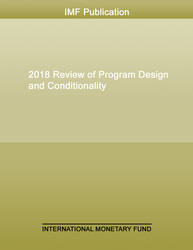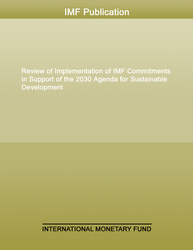
Review of the Debt Sustainability Framework for Low Income Countries
Proposed Reforms
The Debt Sustainability Framework for Low-income Countries (LIC DSF) has been the cornerstone of assessments of risks to debt sustainability in LICs. The framework classifies countries based on their assessed debt-carrying capacity, estimates threshold levels for selected debt burden indicators, evaluates baseline projections and stress test scenarios relative to these thresholds, and then combines indicative rules and staff judgment to assign risk ratings of external debt distress.
The framework has demonstrated its operational value since the last review was conducted in 2012, but there are areas where new features can be introduced to enhance its performance in assessing risks. Against the backdrop of the evolving nature of risks facing LICs, both staff analysis and stakeholder feedback suggest gaps in the framework to be addressed. Complexity and lack of transparency have also been highlighted as causes for concern.
This paper proposes a set of reforms to enhance the value of the LIC DSF for all users. In developing these reforms, staff has been guided by two over-arching principles: a) the core architecture of the DSF—model-based results complemented by judgment—remains appropriate; and b) reforms should ensure that the DSF maintains an appropriate balance by providing countries with early warnings of potential debt distress without unnecessarily constraining their borrowing for development.
Publication date: February 2017
ISBN: 9781498346351
$0.00
Add to Cart by clicking price of the language and format you'd like to purchase
Available Languages and Formats
| English |
Prices in red indicate formats that are not yet available but are forthcoming.
Topics covered in this book
This title contains information about the following subjects.
Click on a subject if you would like to see other titles with the same subjects.
Summary
Copyright © 2010 - 2025
Powered by:
AIDC



